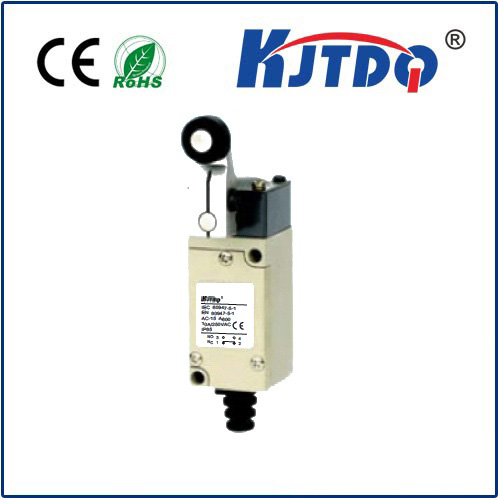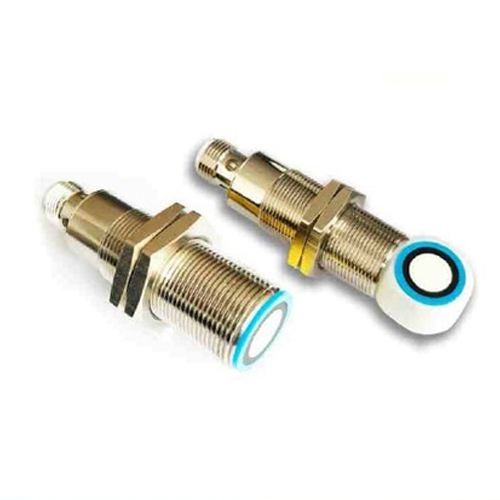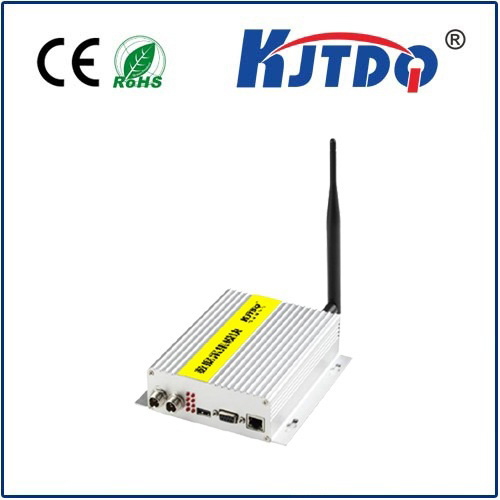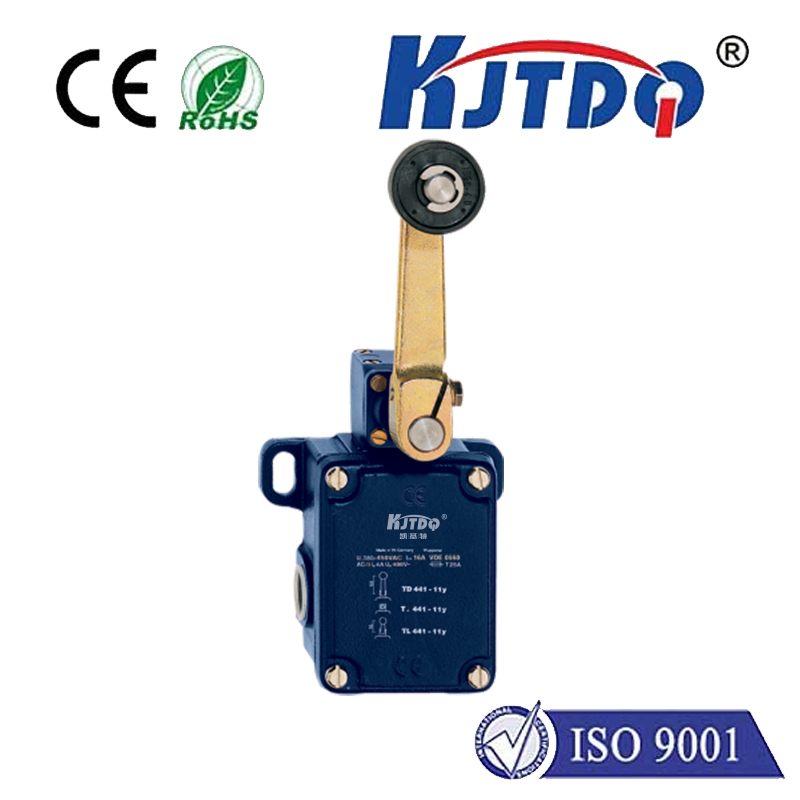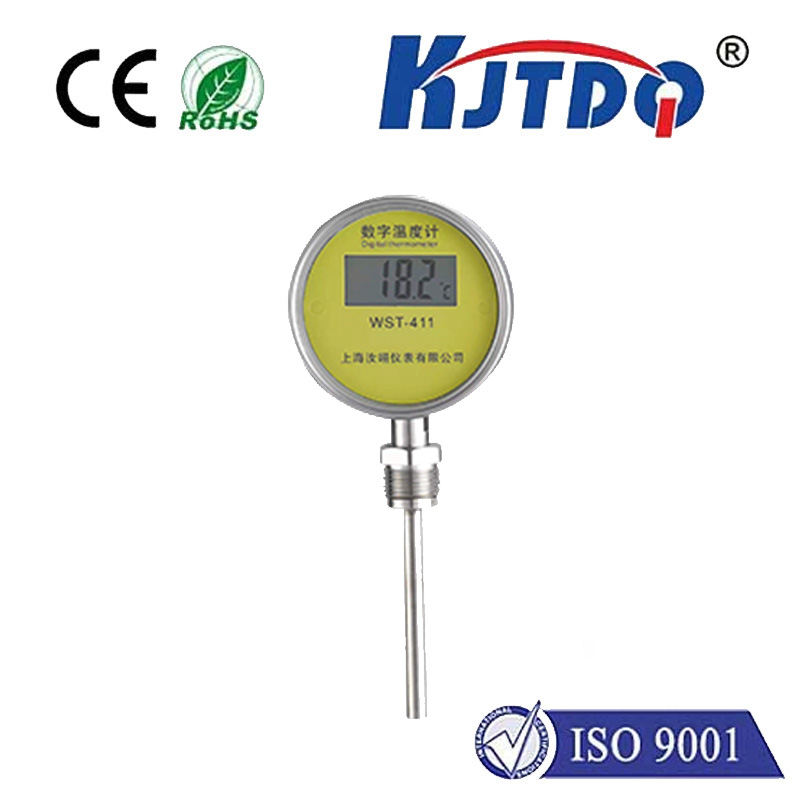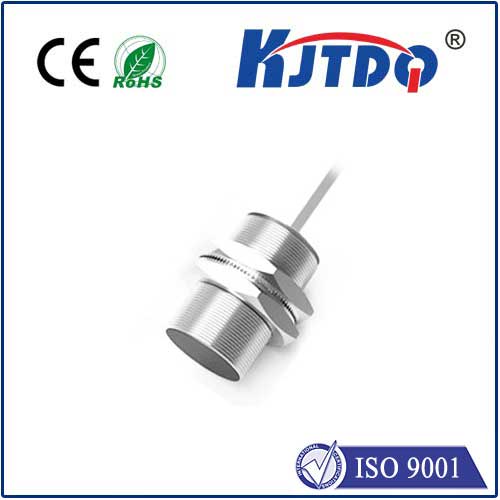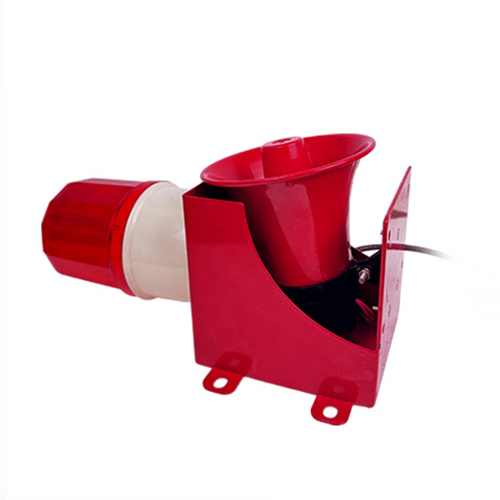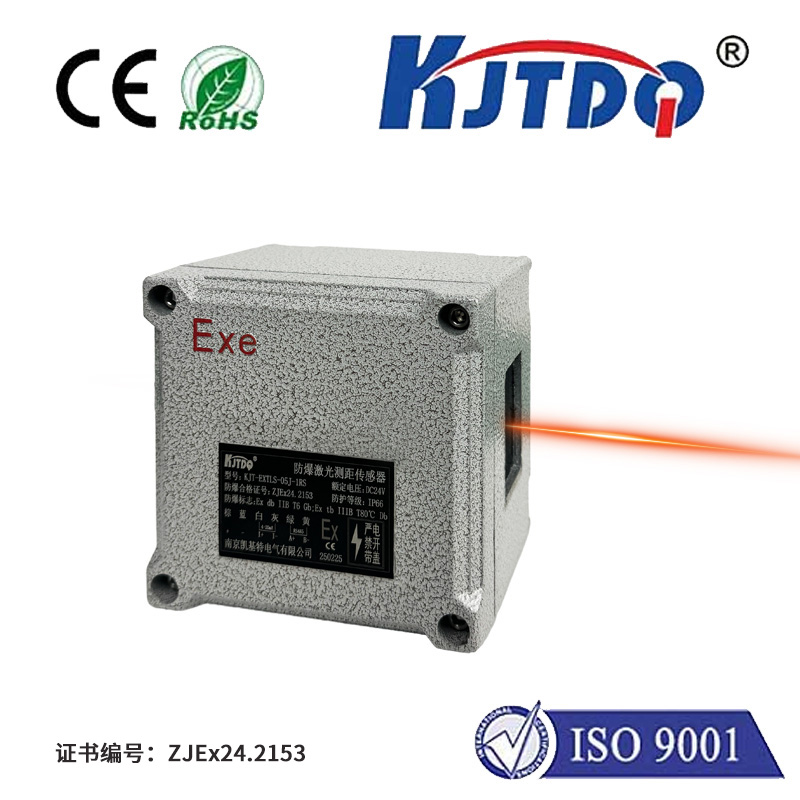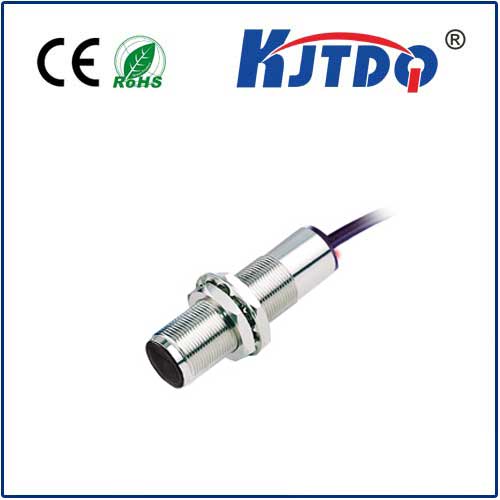

check

check

check

check

check

check

check

check

check

check

Fiber Optic Temperature Measurements: The Future of Temperature Monitoring In today’s fast-paced world, temperature monitoring has become increasingly important in various industries. From healthcare to food production, accurate temperature measurement is crucial for ensuring the safety and quality of products. One innovative technology that has revolutionized temperature monitoring is fiber optic temperature measurements. This article will explore the benefits and applications of this cutting-edge technology. The Principle of Fiber Optic Temperature Measurements Fiber optic temperature measurements work by passing light through a thin, flexible fiber made of glass or plastic. As the light travels through the fiber, it interacts with the surrounding environment, causing changes in its properties such as intensity, wavelength, and polarization. These changes can be measured and analyzed to determine the temperature of the environment. One of the key advantages of fiber optic temperature measurements is their high accuracy and precision. Unlike traditional thermometers that rely on metal sensors, which can be affected by external factors such as pressure and humidity, fiber optic sensors are immune to these interferences. This makes them ideal for use in harsh or sensitive environments where other types of sensors may struggle. Applications of Fiber Optic Temperature Measurements Fiber optic temperature measurements have a wide range of applications across various industries. In the healthcare sector, they are used to monitor body temperature in real-time during surgeries and other medical procedures. They are also used to measure the temperature of pharmaceuticals during storage and transportation to ensure their safety and effectiveness. In the food industry, fiber optic temperature measurements are used to monitor the temperature of cooking oil, ovens, and refrigerators. This helps to ensure that food is cooked at the right temperature and stored at the correct temperature to prevent spoilage and contamination. In industrial settings, fiber optic temperature measurements are used to monitor the temperature of machinery and equipment. This helps to prevent overheating and breakdowns, which can cause costly downtime and repairs. They are also used in aerospace applications to monitor the temperature of engines and other critical components. Conclusion Fiber optic temperature measurements offer a highly accurate and reliable way to monitor temperature in a variety of settings. Their immunity to external interference makes them ideal for use in harsh or sensitive environments, and their wide range of applications demonstrates their versatility and importance in modern industry. As this technology continues to evolve, we can expect to see even more innovative uses for fiber optic temperature measurements in the future.
